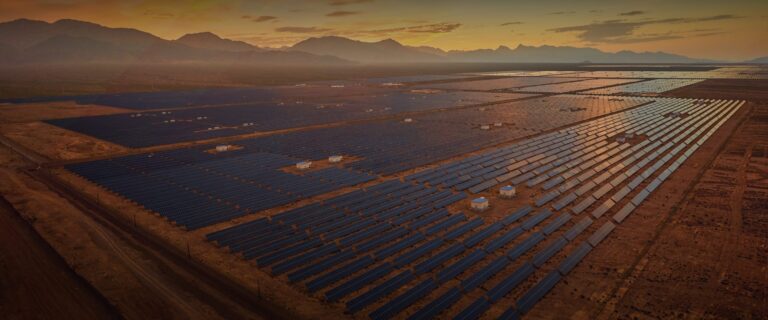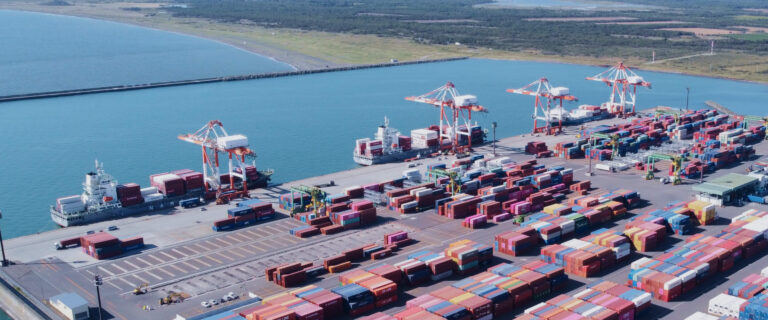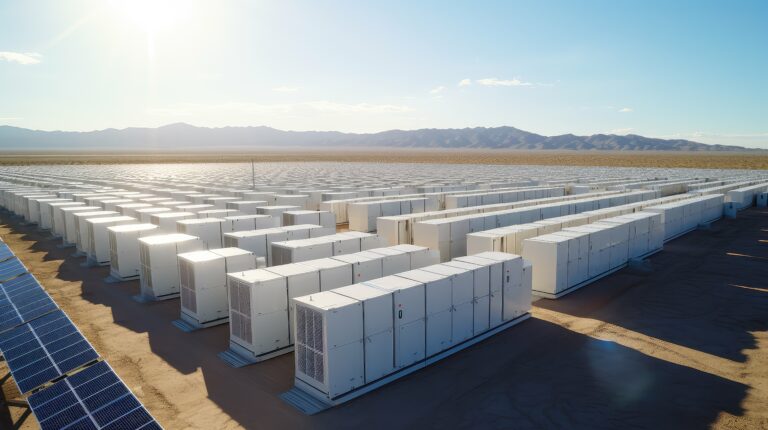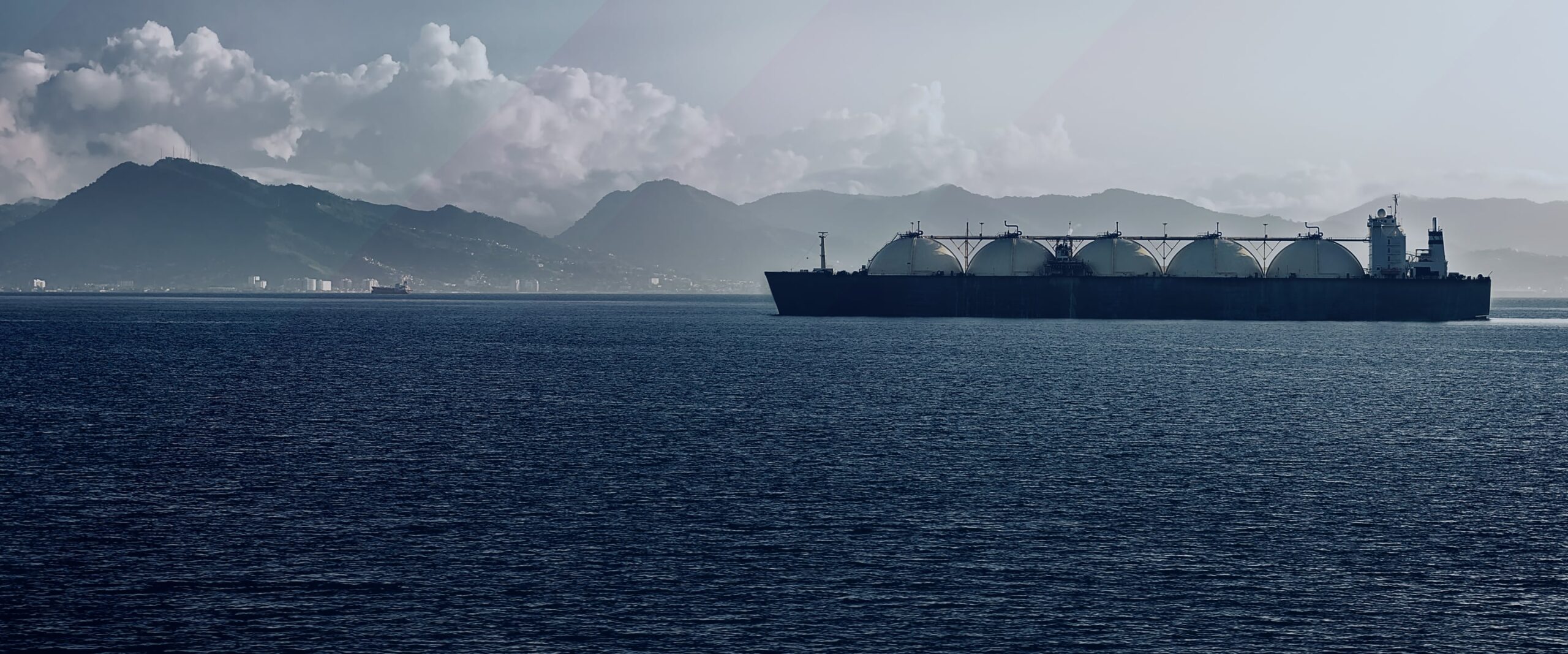
Survey on Carbon Neutrality
in the Tomakomai Eastern Industrial Area
Commissioned by the Ministry of Land, Infrastructure, Transport and Tourism (MLIT), EPI has proposed the Tomatoh GX Hub Concept—a vision for realizing carbon neutrality in the Tomatoh Industrial Area (east of Tomakomai City in Hokkaido).
Executive summary
- Introducing renewable energy on a large scale and setting up “renewable energy microgrids” for electricity transmission by captive power lines will lower the transmission cost of renewable energy compared with the case of conventional grids.
- To reduce CO2 emissions from nonelectricity sources, surplus renewable electricity which cannot be consumed within the region should be used to manufacture hydrogen/ammonia to decarbonize difficult-to-electrify sectors, including long distance transportation and heat demand.
- Apply Carbon Capture, Usage and Storage, or CCUS, a unique feature of Tomakomai, to reduce CO2 emissions that cannot be reduced through the use of renewable energy and hydrogen alone. By manufacturing synthetic sustainable aviation fuel (SAF), Tomakomai can contribute to decarbonization outside the Tomatoh area.
- The “Tomatoh GX Hub Concept” has been proclaimed as a future vision toward carbon neutrality in its industrial region. This will be realized through a partnership that crosses the boundaries of different industries, aiming to attract new industrial enterprises to the Tomakomai area.
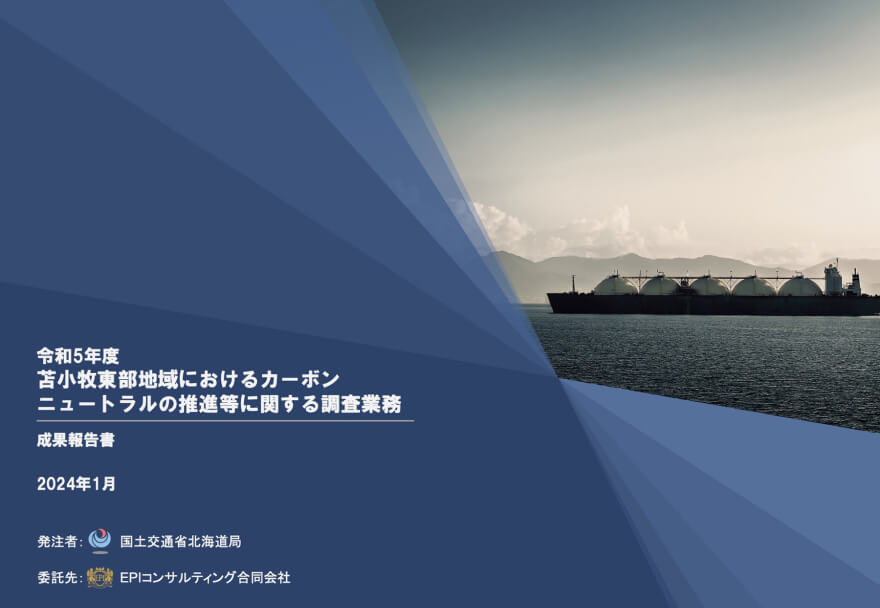
Three types of infrastructure for realizing carbon neutrality
Decarbonization of the industrial sector is essential for realizing carbon neutrality by 2050; however, many industries require large amounts of electric power and heating sources. Therefore, decarbonization can be a difficult challenge for many companies to materialize individually. A suitable infrastructure is increasingly needed for realizing decarbonization as a single collective endeavor wherever numerous industries are clustered.
EPI has partnered with the Hokkaido Regional Development Bureau of the Ministry of Land, Infrastructure, Transport and Tourism (MLIT), Tomatoh Inc, Development Bank of Japan (DBJ), Hokkaido Prefecture; and Tomakomai City to discuss the possibilities for introducing energy-related infrastructure that will contribute to decarbonization, focusing on Tomakomai’s Tomatoh Industrial Area (hereinafter referred to as “Tomatoh”), which is one of Japan’s largest industrial areas.
To realize carbon-neutrality in Tomatoh, renewable energy must be introduced on a large scale. Leveraging the region’s vast land, along with hydrogen/ammonia and CCUS, will reduce CO2 emissions in sectors other than electric power. EPI has established a concept that integrates these three types of infrastructure to realize a carbon-neutral industrial area (Figure 1).
Figure 1 Three types of infrastructure for realizing carbon neutrality
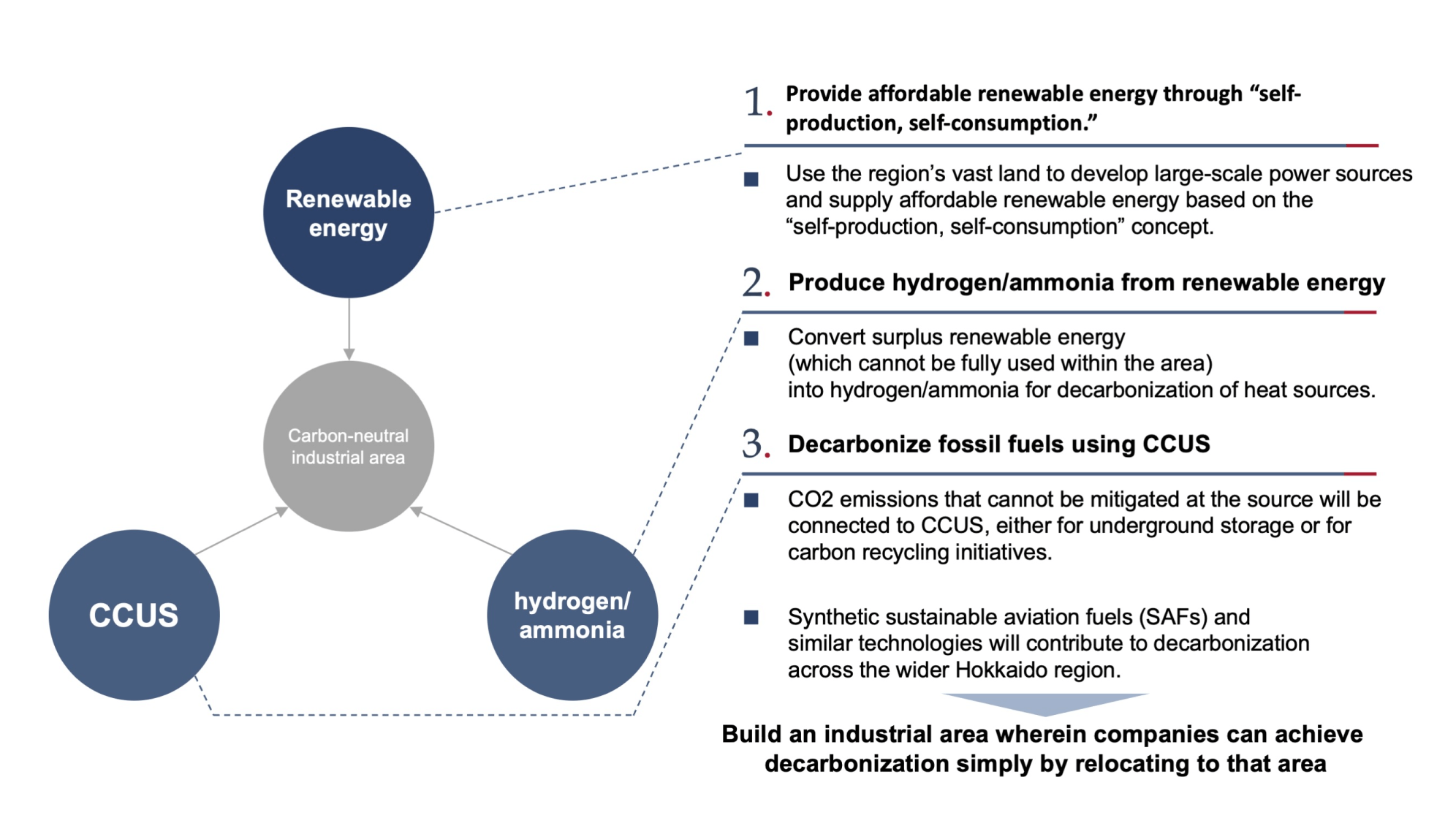
Introducing renewable energy and leveraging the massive land resources of the region for large-scale energy production
To deliver affordable electricity generated from renewable energy, we must leverage the economies of scale accrued from developing large-scale renewable power sources over the massive land of Tomatoh. This plan has been formulated by discussing possibilities for introducing renewable energy based on solar irradiance levels and wind conditions while preserving harmony with the natural environment and historic sites. The plan also considers project risks relating to natural disasters and other events. Sites where companies are already located or where lot sales are already planned are excluded (Figure 2).
Figure 2 Evaluation process for introducing renewable energy
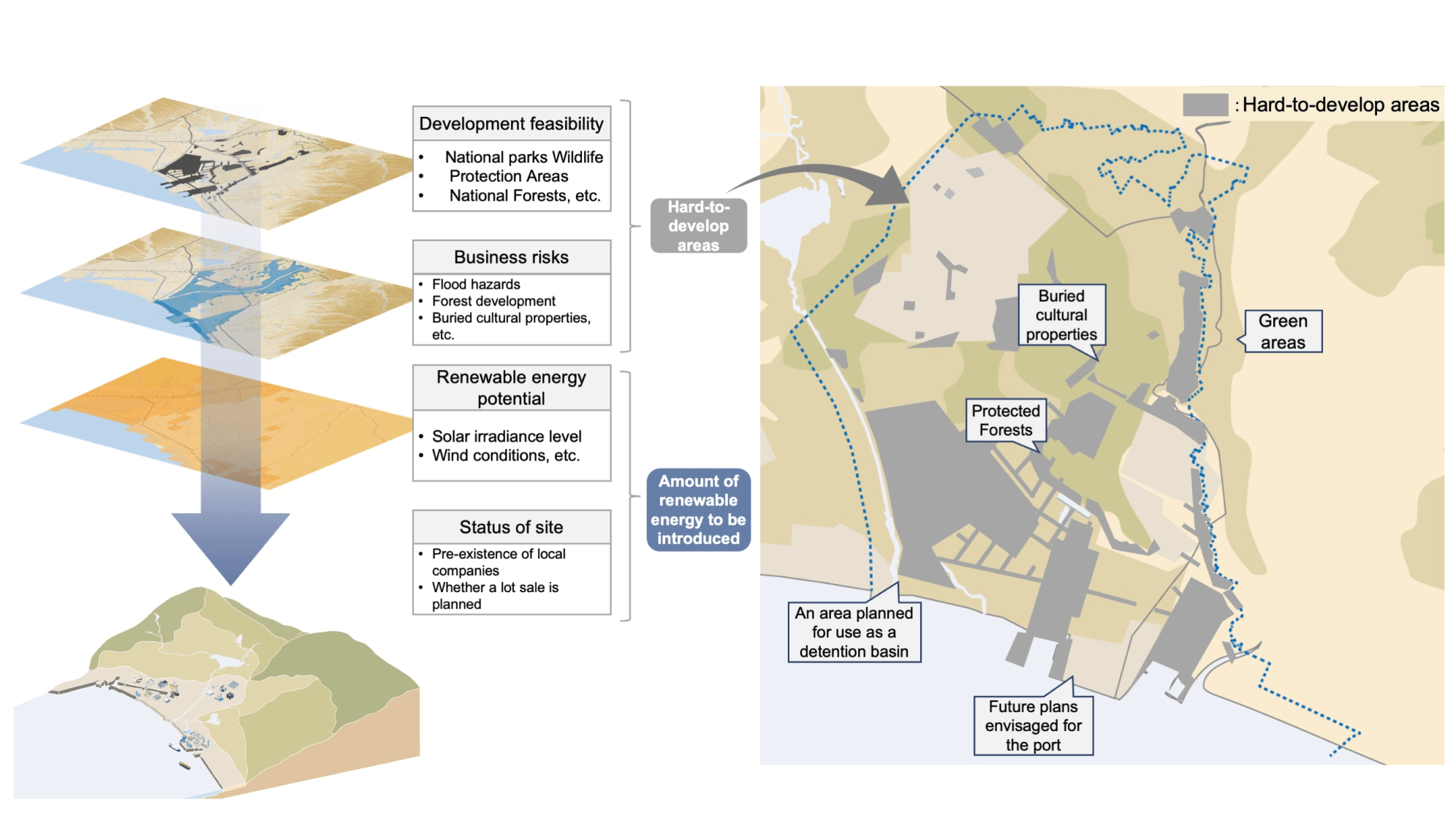
Hydrogen production using renewable energy that cannot be consumed in the area
EPI has estimated the potential for introducing renewable energy in Tomatoh. The total potential renewable energy is approximately 1,100 MW (more than 2,000 GWh when converted to power generation volume), comprising 560 MW of solar power (plus 236 MW of solar power already in operation), 124 MW of biomass power, 118 MW of wind power, and 70 MW of zero-emission thermal power available for use within Tomatoh (excluding power supplied outside the area).
Meanwhile, Tomatoh’s electric power demand is only around 200 GWh per year, suggesting an approximate surplus of 1,000 GWh per year that cannot be consumed within the area, even after accounting for increases in demand when new industries are attracted to the area. This surplus electric power from renewable energy can be used in hydrogen/ammonia manufacture, reducing CO2 emissions from nonelectricity sources that are difficult to electrify such as heat sources and long distance transportation. EPI estimated that hydrogen manufacturing using 1,000 GWh of renewable energy can potentially produce around 20,000 tons of hydrogen per year (Figure 3).
Figure 3 Renewable energy generation and hydrogen manufacturing volumes
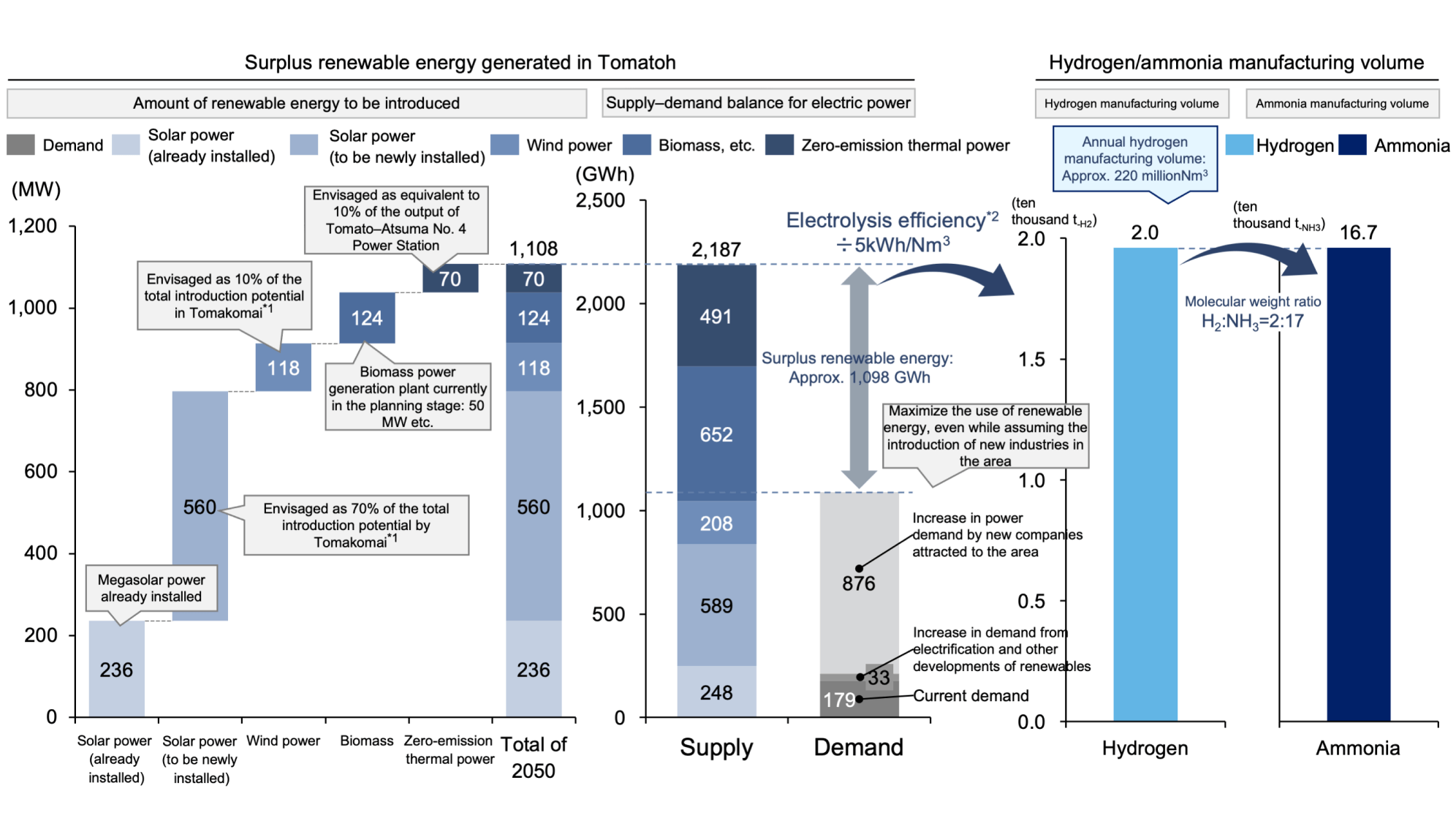
Hydrogen/ammonia-related partnerships between the Tomatoh Hydrogen Hub and the surrounding area
Industrial sites in Tomatoh are primarily located near the port and inland areas, with a coal-fired power plant near the port. Most of the companies are concentrated in the inland industrial area. By replacing the current heat sources with hydrogen/ammonia, the hydrogen demand in this area is expected to reach 30,000 tons per year (based on heat-to-hydrogen conversion), with the heat demand concentrated inland. As the projected hydrogen demand aligns with the estimated hydrogen manufacturing volumes, EPI has proposed the development of the Tomatoh Hydrogen Hub (Figure 4) based on the “self-production, self-consumption” concept.
A plan to convert the coal-fired thermal power generation plant at the port (East Port) to ammonia co-firing is in place, and the supply of hydrogen for use in petroleum-refining processes at Tomakomai West Port in the wider Tomakomai area is being discussed. By expanding partnerships between Tomatoh Hydrogen Hub and two nearby hubs, hydrogen supply can be more stable by complementing any supply shortfalls and supply surpluses at each hub (Figure 4).
Figure 4 Image of the Tomatoh Hydrogen Hub and illustration of the hydrogen/ammonia partnership proposed for the wider area
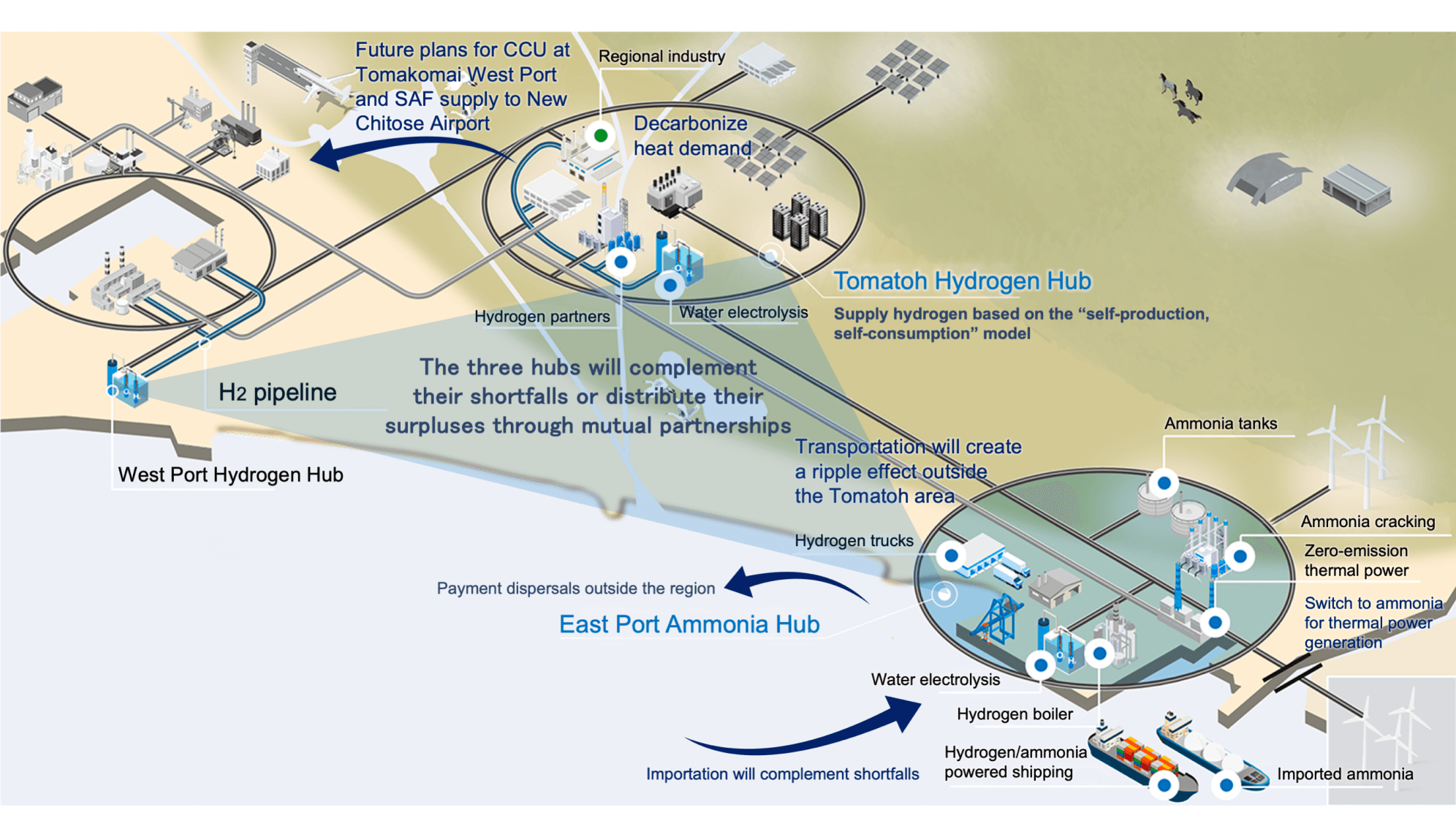
Tomatoh GX Hub Concept
To achieve carbon neutrality across Tomatoh, CCUS will also be essential for eliminating CO2 emissions from areas that cannot become carbon neutral through the use of renewable energy, hydrogen, and ammonia alone.
EPI has proposed the Tomatoh GX Hub Concept, a future-oriented vision for achieving carbon neutrality for companies located in Tomatoh (including industries that will be attracted to the area in the future). The concept envisages three types of energy infrastructure in Tomatoh: renewable energy, hydrogen, and CCUS (including linkages to CCUS projects planned in Tomakomai, Figure 5).
Figure 5 Illustration of the Tomatoh GX Hub Concept
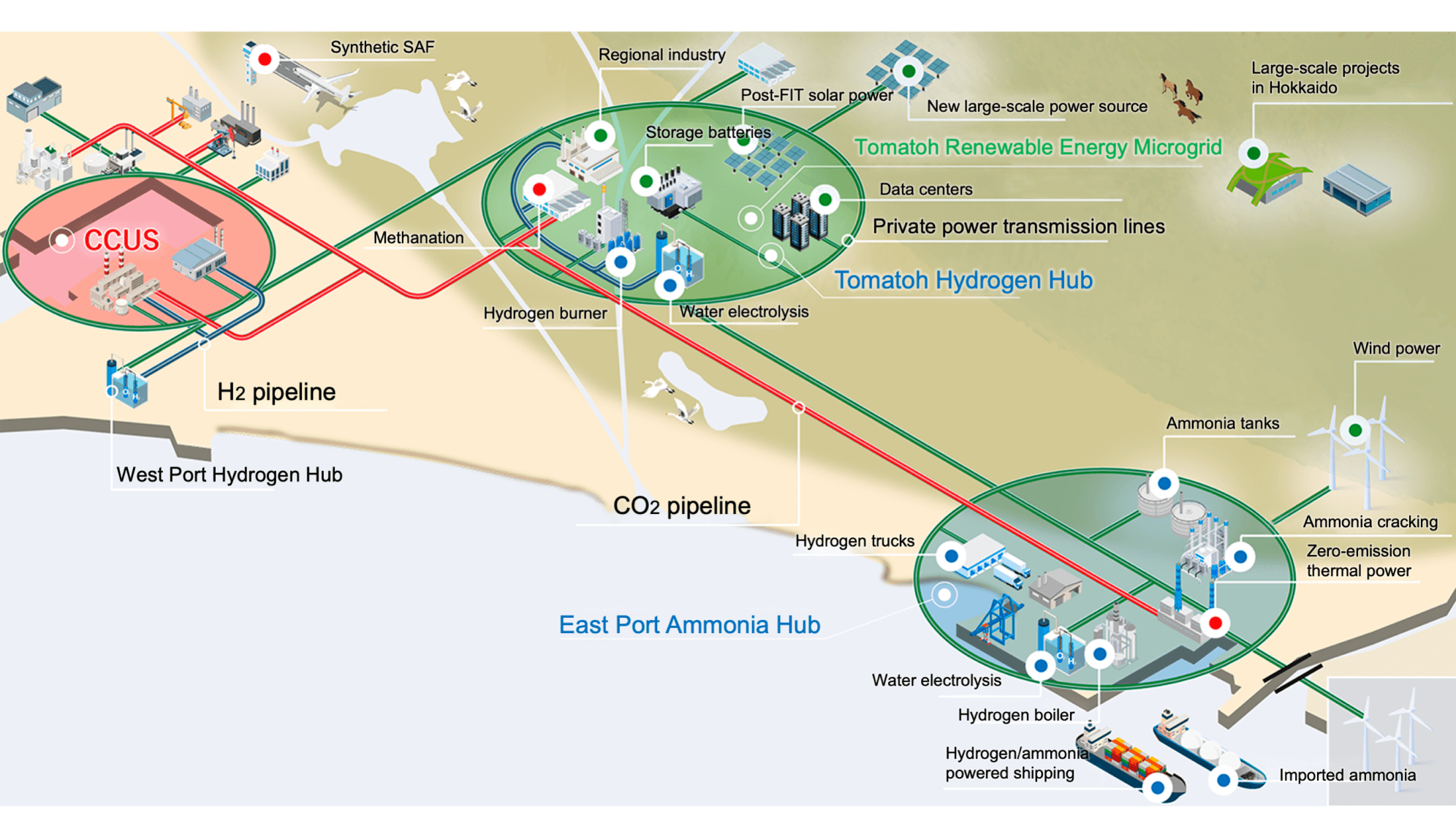
Materializing the concept
Formulating a concept is not an objective; rather, the objective is to materialize this concept and use it as a catalyst to continuously attract further industry. The Japanese government is currently planning various measures to promote the widespread adoption of renewable energy and hydrogen. By effectively utilizing these measures and collaborating with relevant parties, EPI will provide comprehensive support to realize the concept.





